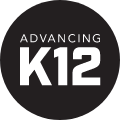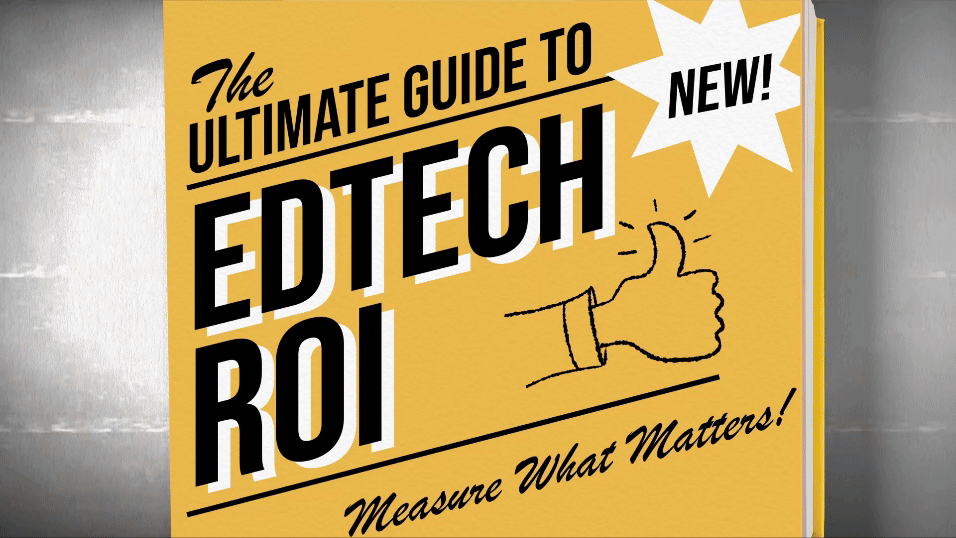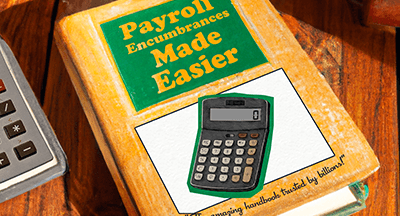
As your budget begins to take shape for the upcoming fiscal year, take a moment to consider the process itself. How many different systems are you pulling your information from? What steps do you need to take in order to consolidate and analyze that information? Are you working off of numbers that were outdated an hour after they were retrieved, or do you have real-time access to the data you need without a complicated printing or export routine?
The budget forms the backbone of your entire district. You should be able to focus your time and effort on making sure that everything is adequately funded without getting bogged down in the logistical challenge of bringing all of your numbers together.
Redundant, Redundant, Redundant
The problem with using disparate technologies for various aspects of your financial, human resources, and inventory operations is that you end up having to keep multiple windows open in order to retrieve and enter the same figures throughout the process. It is not uncommon for district leaders to rely heavily on Excel spreadsheets to organize data or perform calculations during budget preparation without ever realizing just how much unnecessary effort is being expended.One immediate opportunity for technology integration lies in the space between employee management and budgetary software. The biggest difference between budgeting for a school district and budgeting for the private sector is the percent of budget that needs to be allocated to employee salaries and benefits. According to a 2010 brief from the American Association of School Administrators (AASA), that number is “more than double” what you would expect in an average business; 80-85% for school districts vs. 35-40% for others. It would stand to reason that budgetary software should be closely tied to the same system you use for salary negotiations and insurance tracking, but this is too often not the case.
Real-time integration is not just a time-saver; it is also a safeguard against inaccuracy. More handling means more opportunity for mistakes, and every hour or day that goes by between updates can skew your numbers and make your job more difficult. Why settle for manual formulas when the alternative is a system that can find data, analyze it according to your preferences, and provide you with meaningful feedback, all in a matter of seconds?
Stuck in the Box
Under traditional budgeting models, it can be difficult to tweak your budget once you have ironed out the details and completed your first iteration. If you ever feel locked in to your earliest draft and do not have an easy way to run “what-if” scenarios or forecast out over a given time frame, your process and tools are putting you at a significant disadvantage. Imagine a world where you could pick a variable (say, a 2% teacher salary increase or the award of a major competitive grant) and compare your hypothetical budget against the existing one side by side, with minimal effort. Then, think of the flexibility you would gain from being able to make easy adjustments based on the proposed state budget and any other new information that comes to light after your preliminary run is completed.How helpful is it for you to refer back to previous budgets for guidance? Districts often tell us how frustrated they are by the lack of accessibility and an inability to drill down for details when looking back through previous years. While funding changes and new initiatives can cause year-to-year variations, the basic structure of your budget should remain relatively consistent, and detailed access means less rework.
Forecasting is another pain point for many business managers. There is a stark difference between making educated guesses based on a year-over-year comparison and actually having a graphical representation that can be extended out into future months or years. By combining the informational benefit of “what-if” scenarios and forecasting capabilities, you can get a feel for how your proposed changes will likely impact the long term financial stability of your district, not just next year’s budget.
Make it a Reality
The technology you are looking for already exists. Now is the time to upgrade to a solution that will help you forecast, plan, and enter your district’s budget in the same program that you use for all of your finance and human resource applications. Store unlimited scenarios and previous budgets for easy comparison and research. Save time on the back end with built in state reports and e-files to eliminate the hassle of manually converting data from one format to another. Fit your lifestyle with secure, mobile access, so you no longer have to be tied to your district’s network or worry about the privacy of your budgetary files while making updates from the comfort of your own home.Is your budgeting process overly complicated? Are you constantly running over the numbers, trying to figure out how much time you would be able to save every year if only you could be more efficient? Contact us today to learn how more than 1,800 school district leaders are partnering with Skyward to reduce costs and optimize operations.
WHAT'S NEXT FOR YOUR EDTECH? The right combo of tools & support retains staff and serves students better. We'd love to help. Visit skyward.com/get-started to learn more.

|
Advancing K12 Staff Edtech Thought Leaders |




